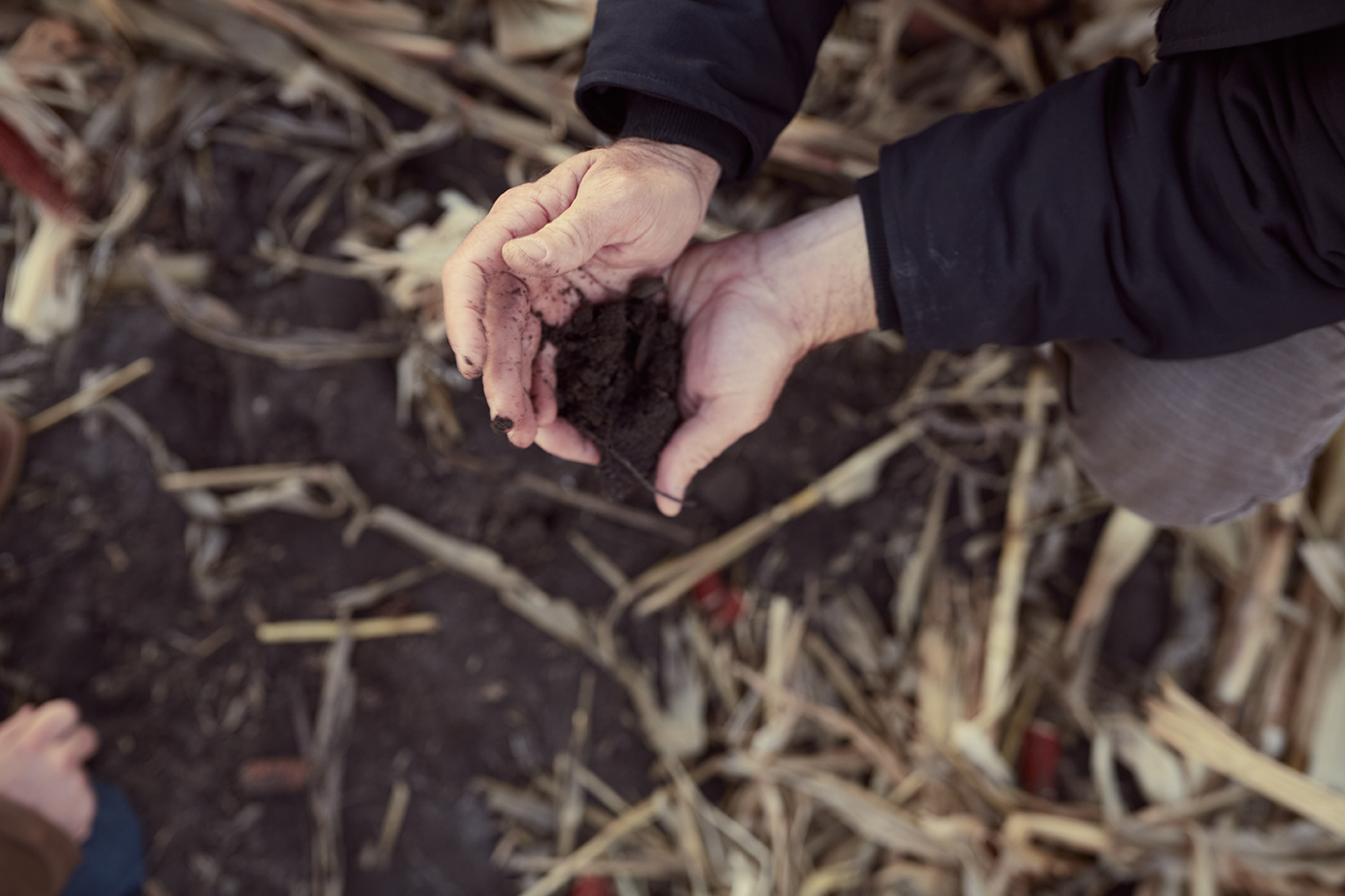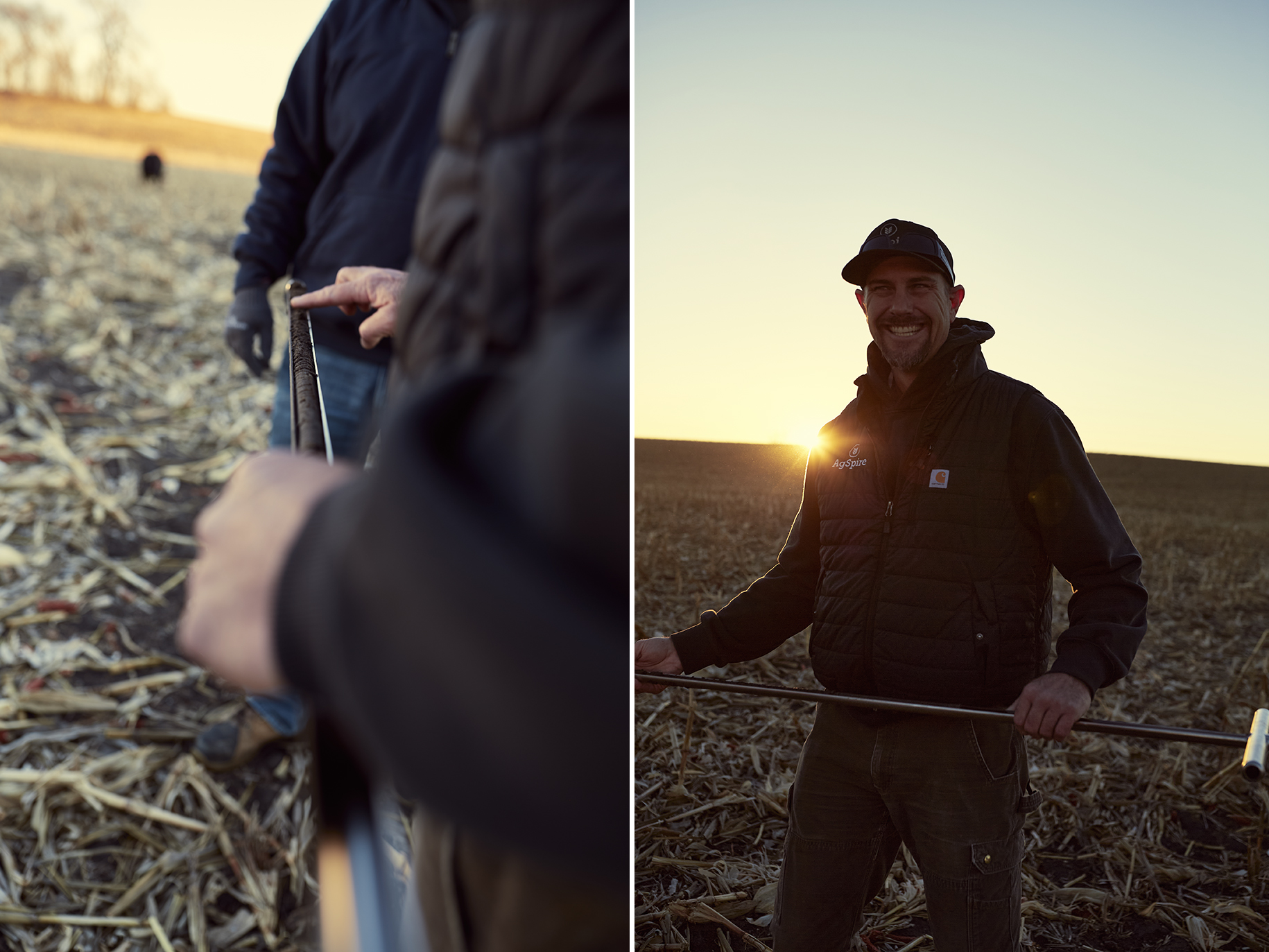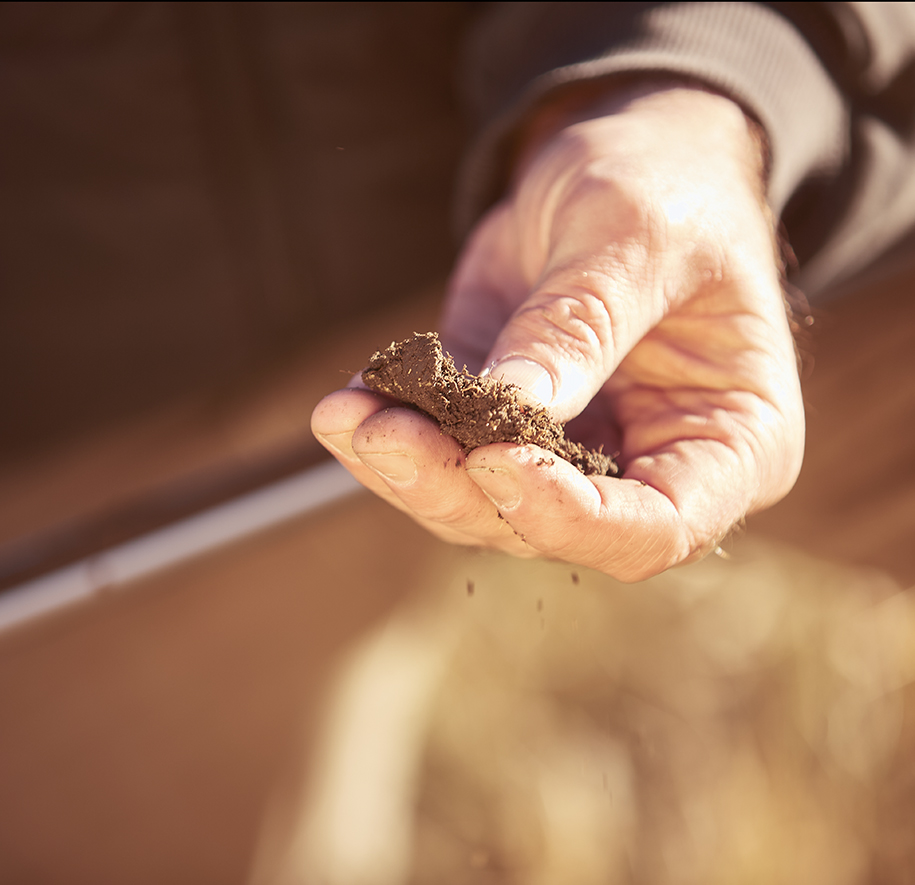
As any farmer knows, soil isn’t just dirt; it’s a living, breathing, complex ecosystem that plays an essential role in efficient production.
Soil sampling gives us invaluable insights into that ecosystem and into soil health. At its core, soil sampling is the process of collecting small amounts of soil to analyze its physical, chemical, and biological makeup. This data can be used to inform decisions that improve yields, reduce input costs, and protect your land. That makes soil sampling an important tool for farmers and ranchers who want to get the most out of every acre.
Senior Agronomist Derek Ver Helst works with farmers and ranchers in AgSpire’s programs to better understand their soil. Here are some of his key takeaways about soil data.
What Soil Sampling Tells Us
It provides a clear picture of what’s happening beneath the surface, enabling more precise management of the field. For example:
- Nutrient management: By identifying and correcting nutrient deficiencies, soil sampling contributes to optimal plant growth and yields. Additionally, the precision enabled by soil data improves fertilizer efficiencies and reduces the risk of nutrient runoff.
- Monitoring organic matter: Organic matter levels are a crucial indicator of soil fertility, structure, and water-holding capacity. Tracking changes in organic matter helps assess the effectiveness of management practices like cover cropping or reduced tillage.
- Overall management decisions: The data derived from soil sampling empowers producers to make informed management decisions, such as crop rotations to complement each other and enhance soil fertility.

Best Practices for Soil Sampling
Soil sampling isn’t something to do on a whim. The most useful results come from having a clear goal in mind. Are you checking for general fertility? Targeting a specific nutrient issue? Looking to track changes over time?
Your objective guides the entire process, from how you divide your fields, to how deep you sample, to when and how often you take samples.
To get accurate results, a few key steps matter:
- Stratification: How a field is divided for sampling is crucial. Consider factors such as soil type, topography, yield, and past management maps. Homogenous fields may warrant a single composite sample, while more varied fields require division into zones or grids, ensuring representative data from each distinct zone.
- Create a System: Sticking to a pattern, like a zigzag or a grid, is helpful to ensure ample coverage of the sample area
- Avoid unusual spots: Stay clear of eroded areas or fertilizer bands that could skew results
- Use clean, quality tools: Like soil probes or augers
- Timing: Fall or spring are preferred due to stable soil conditions (although specific tests may require alternative timing)
- Label and ship promptly: Send samples to a reliable lab with proper labels for fast, accurate results.
Soil Sampling in AgSpire Programs
Good soil sampling isn’t just about today’s yields. It’s a vital piece of managing long-term soil health. Tracking changes in organic matter, bulk density, or microbial activity helps farmers gauge whether their management practices are building a healthier, more resilient soil profile.
As such, soil sampling is an important part of many of the programs we offer at AgSpire. Technical advisors like Derek, alongside our program partners, help you understand what your soil is telling you – and how to optimize your management based on that information.
Get started with AgSpire to learn more about available programs >>>
